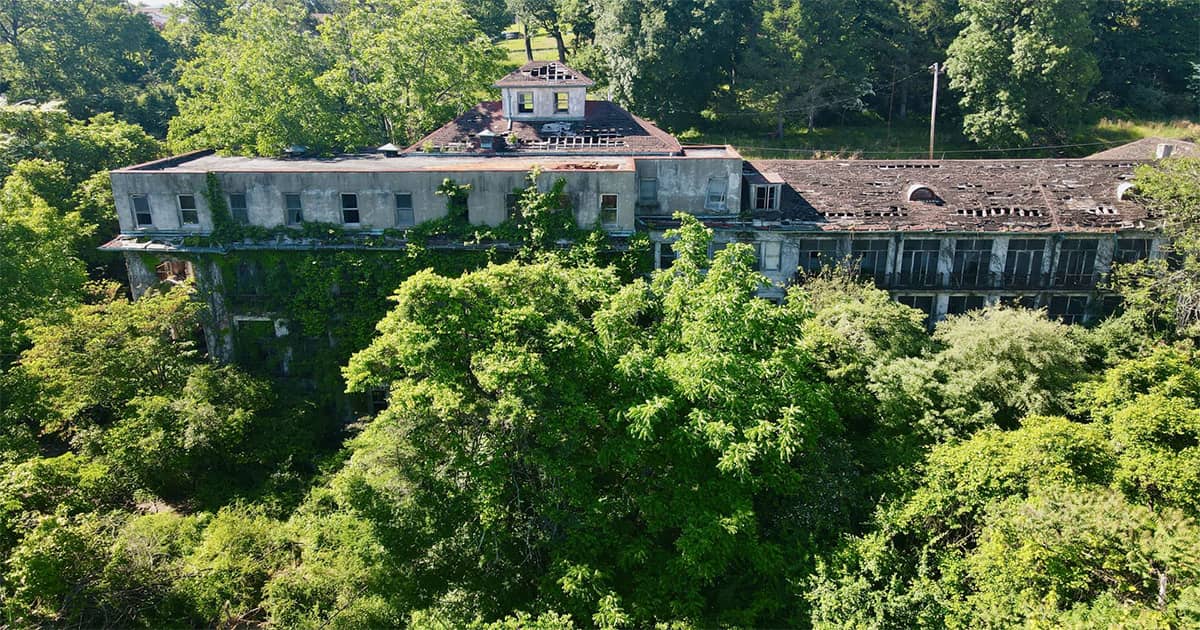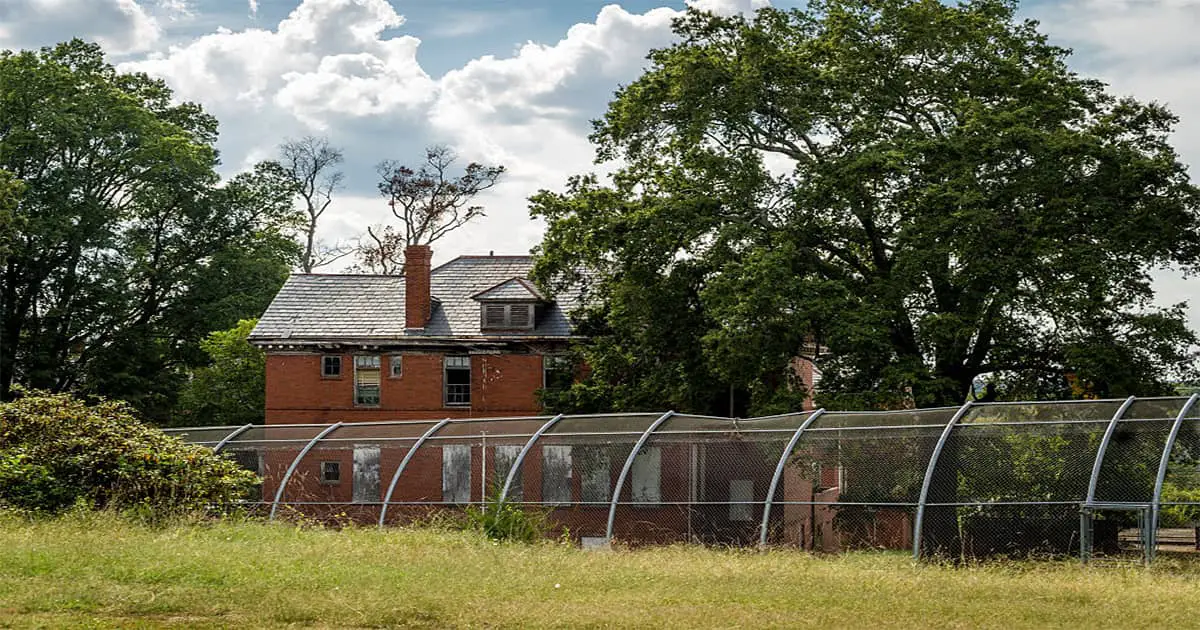Since 2011 the Hagedorn psychiatric hospital in New Jersey has been unable to provide services to the state’s residents. In 1907, the state of New Jersey created its first sanatorium near Glen Gardner, New Jersey, where the facility has been since.
It’s possible to come across a road with a mysterious name while driving around country roads. The defunct Hagedorn Psychiatric Hospital can be reached through the winding Sanatorium Road, which ascends a mountain.
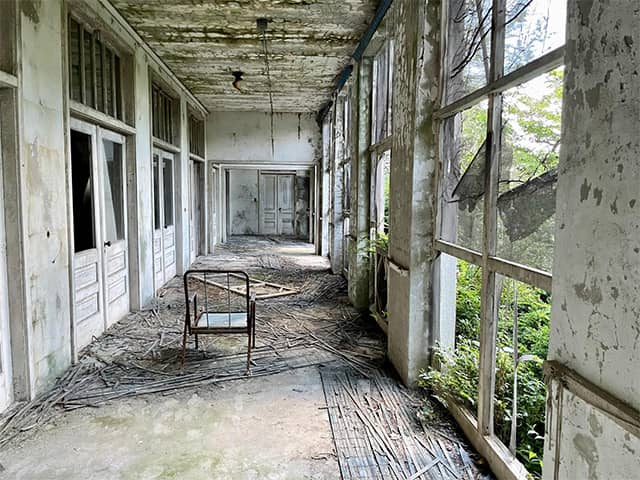
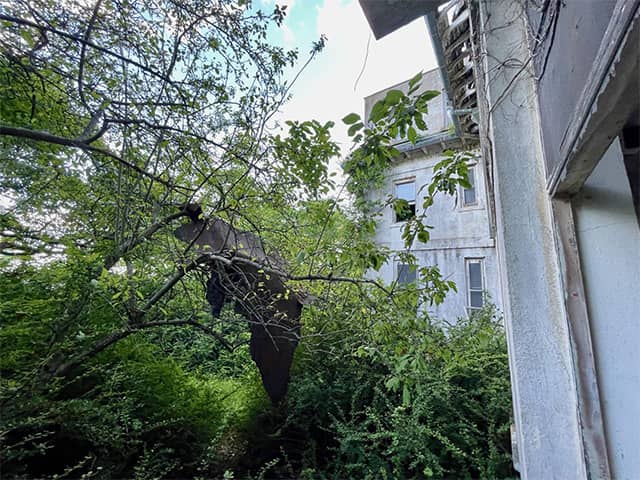
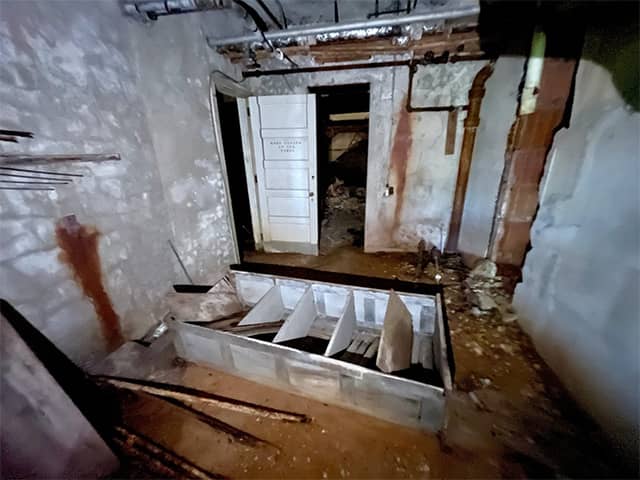
Opened in 1907, Glen Gardner is New Jersey’s sole state-run tuberculosis sanatorium. It was envisioned as a role model institution that would benefit 500 people each year in terms of their own health and the health of the community as a whole. More than 10,000 patients were treated between 1907 and 1929 at the hospital, which used cutting-edge therapy methods.
Only those who were “incipient” or “curable” were to be treated when the sanatorium first opened. The sanatorium’s aim had been broadened by the 1920s to include the treatment of all illnesses, no matter how severe.
We are On Facebook
Before the mid-twentieth century, the treatment methods at the sanatorium were mostly unaltered by newer and more inventive drugs. All types of lung disorders were included in the sanatorium’s treatment scope in 1950. During the late 1970s, the hospital was shut down and left to decompose.
Hagedorn, the Senator Garret W. Gero-Psychiatric Hospital, was constructed in 1977 on the site of the former tuberculosis treatment center. After being renamed from the hospital next door, Hagedorn concentrated on becoming a state nursing home and then a 288-bed psychiatric hospital for the elderly.
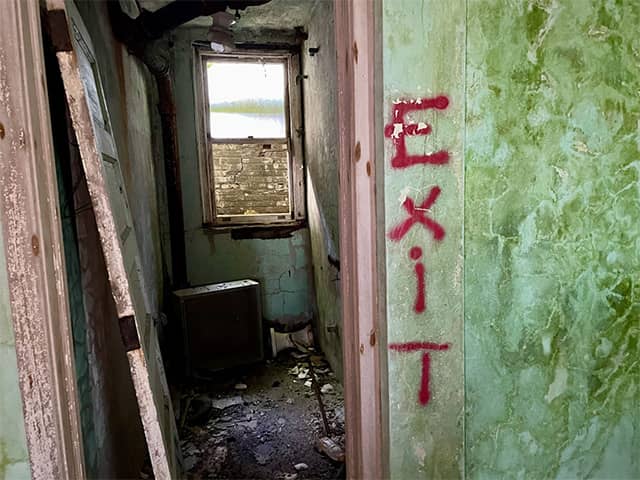
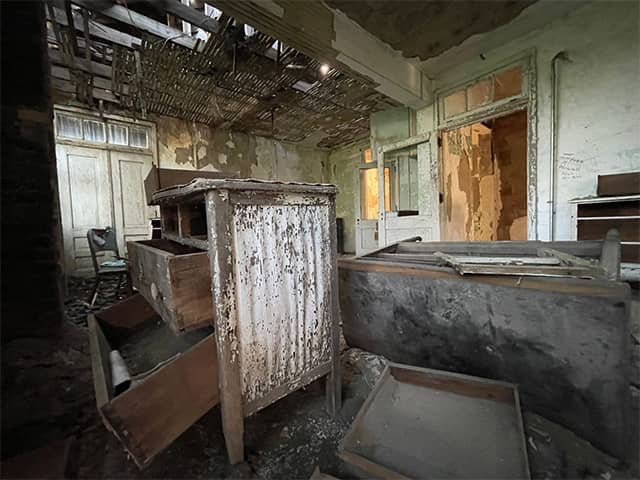
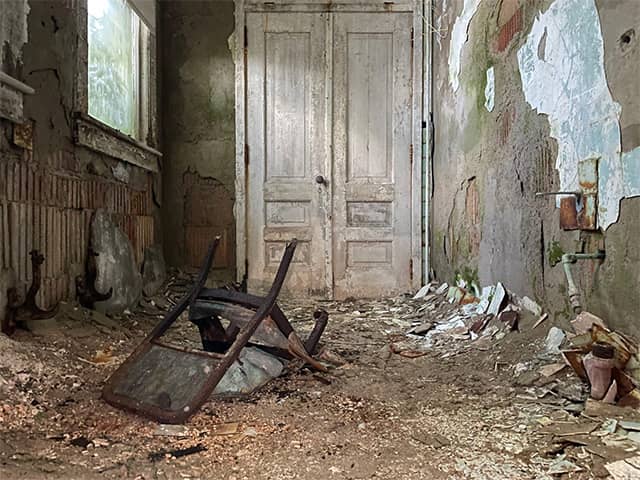
In 2012, the state forced the closure and abandonment of Hagedorn, following in the footsteps of its neighbor and predecessor. As time passes, the weather takes its toll on these two massive structures, which stand side by side.
A quick overview of Hagedorn Psychiatric Hospital
As a tuberculosis hospital, Hagedorn started in 1907 with the capacity to treat 500 patients each year. Between 1907 and 1929, 10,000 patients were cared for at the hospital. There began to be an acceptance of all instances, regardless of severity, in the 1920s. At that time, they began treating patients with chest illnesses as well. As recently as the 1970s, the hospital was shut down and left to fall into ruin.
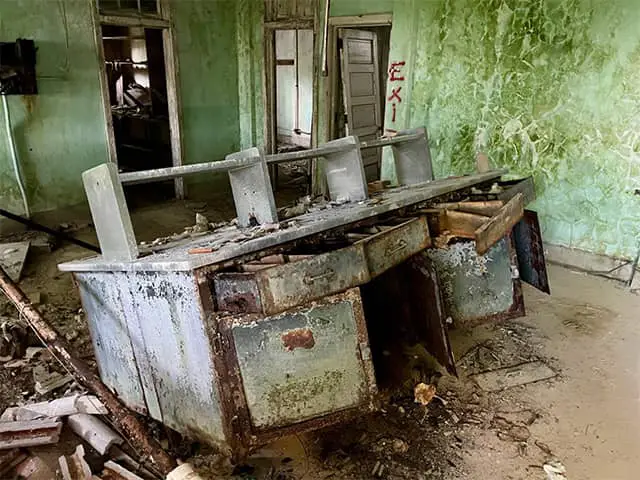
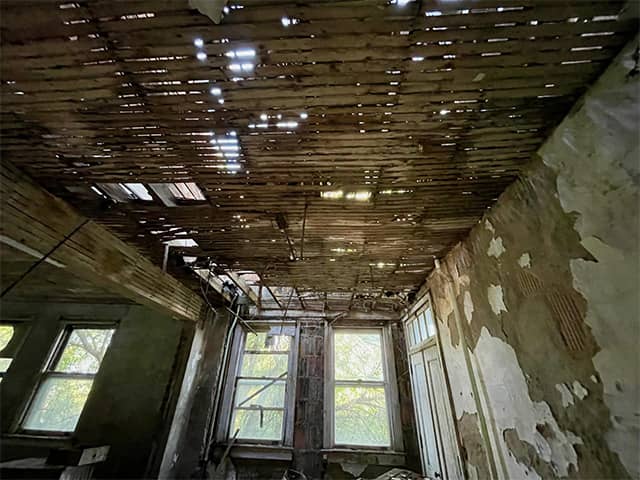
Next to the defunct tuberculosis hospital, Senator Hagedorn built a psychiatric institution. Starting as a nursing home, it eventually became a 288-bed hospital for people with mental illnesses. There’s an abandoned new hospital next to the existing one, which was shut down in 2012.
Plan Ahead of Time
Trespassing charges will be brought against you if you are found on the property. This is state-owned land, and the legislation is vigorously enforced.. Signs put at the entrances indicate that the grounds are under 24-hour camera surveillance. Drive around any signs or barricades that have been posted at the entrances.
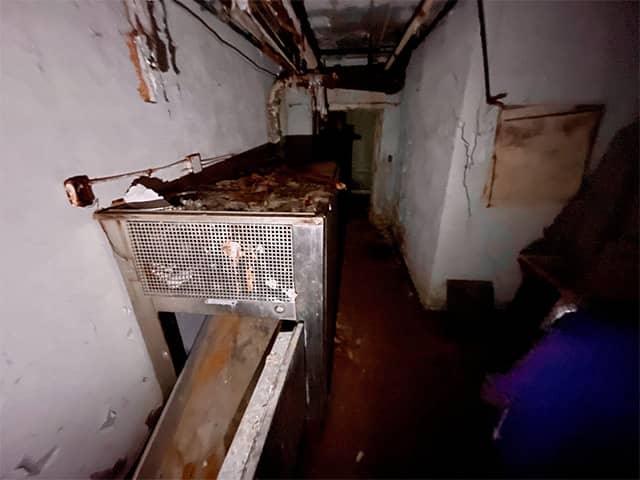
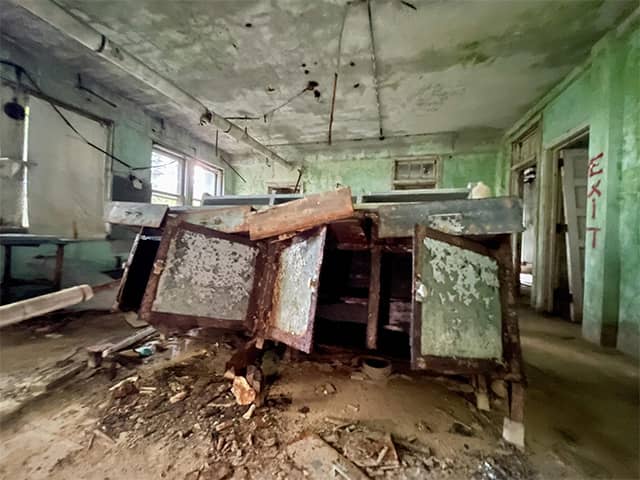
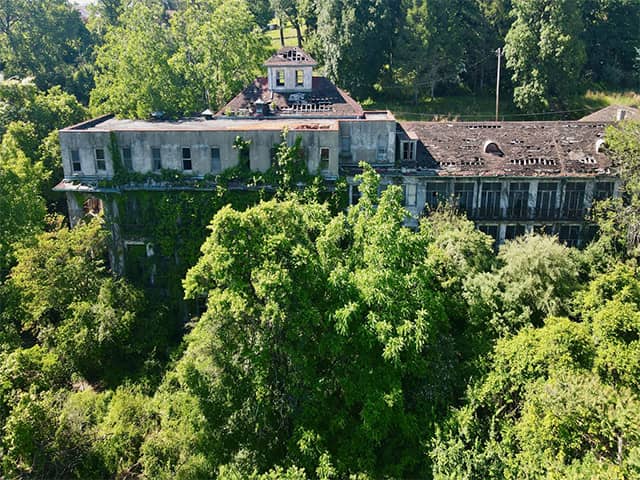
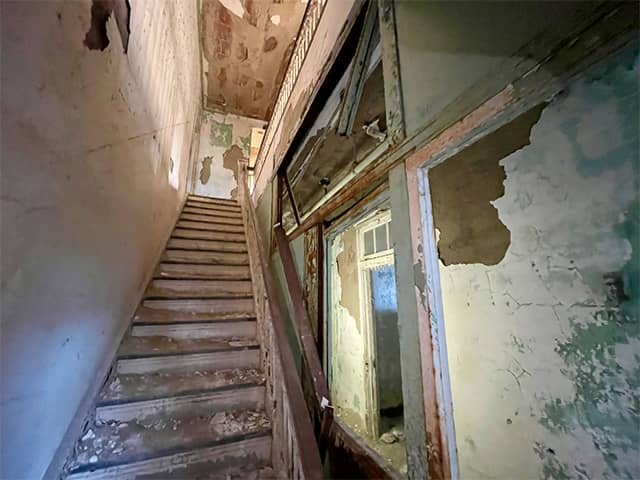
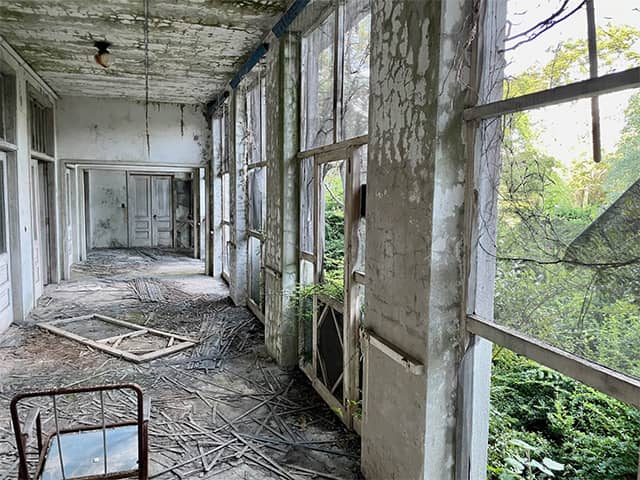
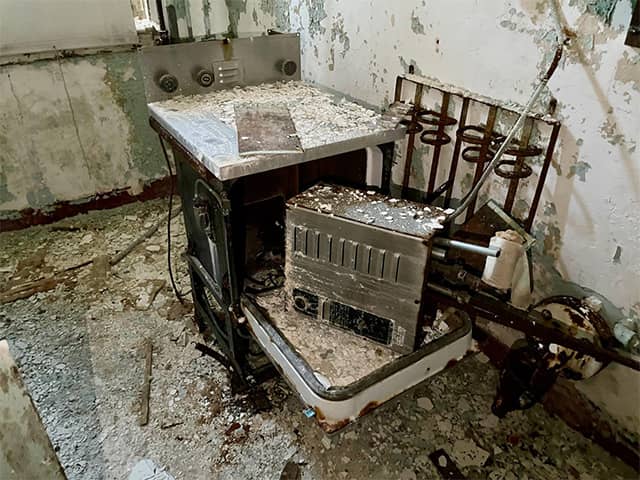
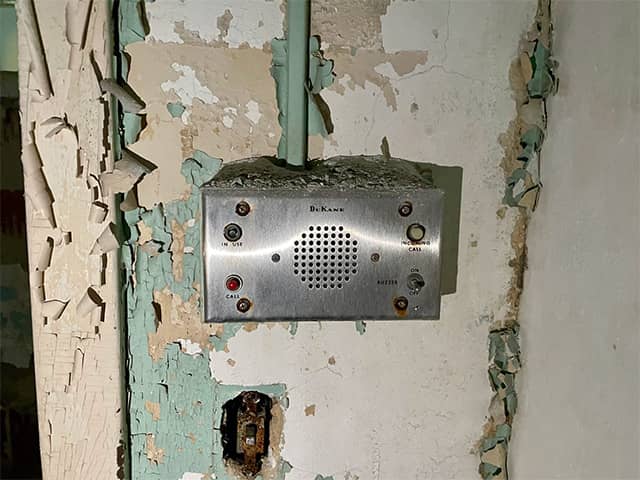
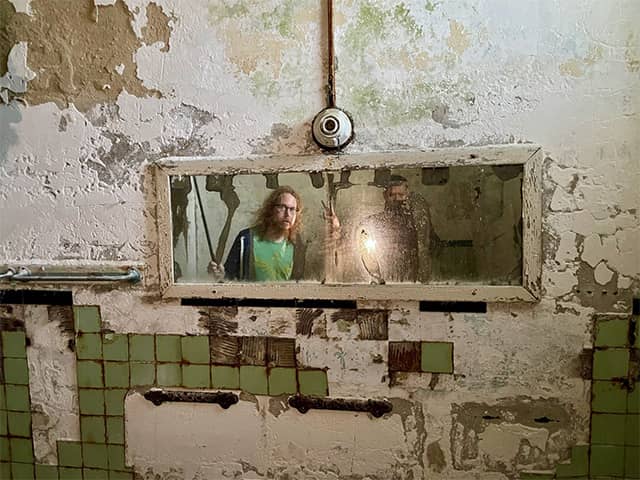
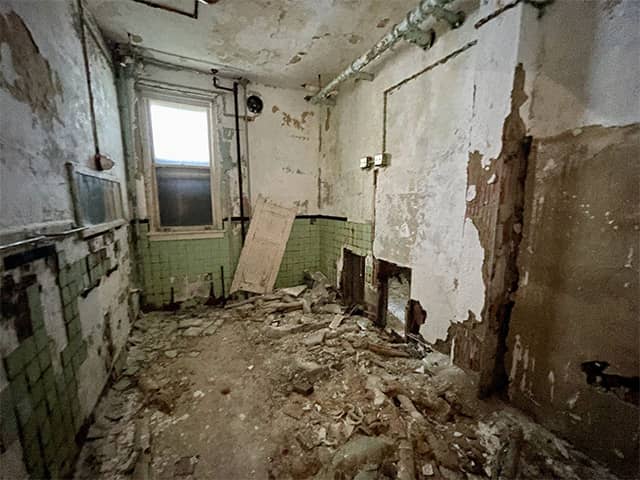
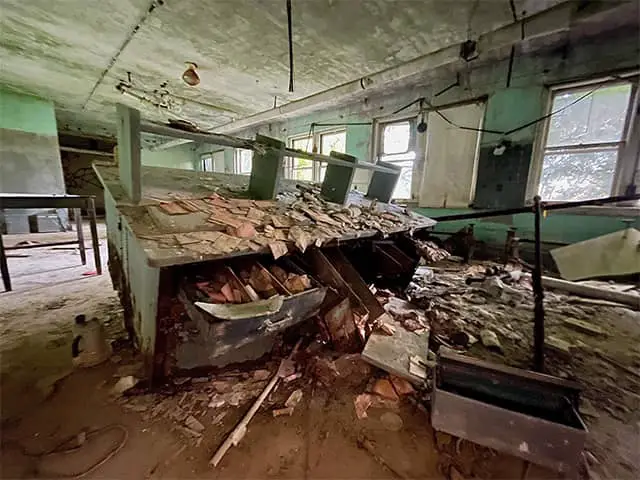
One could have been able to see the façade of the ancient sanatorium when the newer hospital building was still operational until 2012. From the front, no longer is it possible to view either building. Go past the exits on the right and you’ll come across a state-run veterans’ facility.
The old red-roof-tiled sanatorium buildings, as well as the darker-colored psychiatric institution, may be seen from this location.
Read about: Abandoned Waverly Hills Sanatorium Kentucky: Ghost Adventures of Southwestern Louisville

